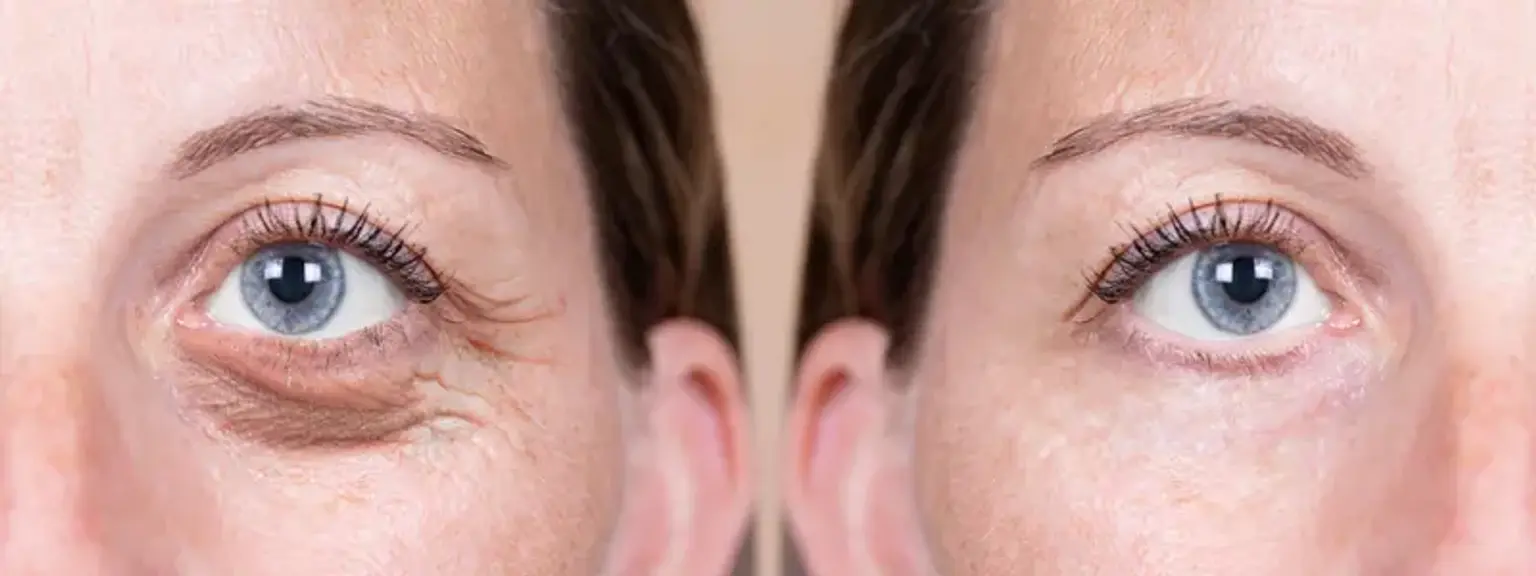Introduction
As we age, our skin naturally loses its elasticity, and this includes the delicate skin around our eyes. The appearance of sagging eyelids, crow’s feet, and the loss of youthful eye contours can affect our self-esteem and how we present ourselves to the world. Canthoplasty, or eye corner surgery, is a highly effective cosmetic procedure that addresses these concerns by reshaping the corners of the eyes, lifting the eyelids, and rejuvenating the eye area. It’s gaining popularity globally for its ability to create a more youthful, refreshed appearance.
While this surgery is often associated with aging, it is also popular among younger patients seeking a more exotic, almond-shaped eye look. Whether you are seeking to correct drooping eyelids or simply enhance your natural eye shape, canthoplasty offers a customized solution.
What is Canthoplasty?
Canthoplasty is a specialized surgical procedure that targets the corners of the eyes (the canthi). It involves the repositioning or tightening of the eyelid tissue to address concerns such as drooping eyelids, sagging skin, or an overall tired appearance. Canthoplasty is not just about lifting the eyelids but also about reshaping them to achieve a more aesthetically pleasing eye contour.
Unlike traditional eyelid surgery, which focuses on the upper or lower eyelids themselves (often referred to as blepharoplasty), canthoplasty specifically targets the corners of the eyes to provide a lifted and youthful look. This is particularly beneficial for patients experiencing eyelid laxity or sagging, as the procedure tightens and supports the delicate skin around the eyes.
Canthoplasty is commonly divided into two types: lateral canthoplasty and medial canthoplasty. Both approaches aim to restore a more youthful, open-eyed look, but they differ in the surgical technique and the areas of the eye they address.
